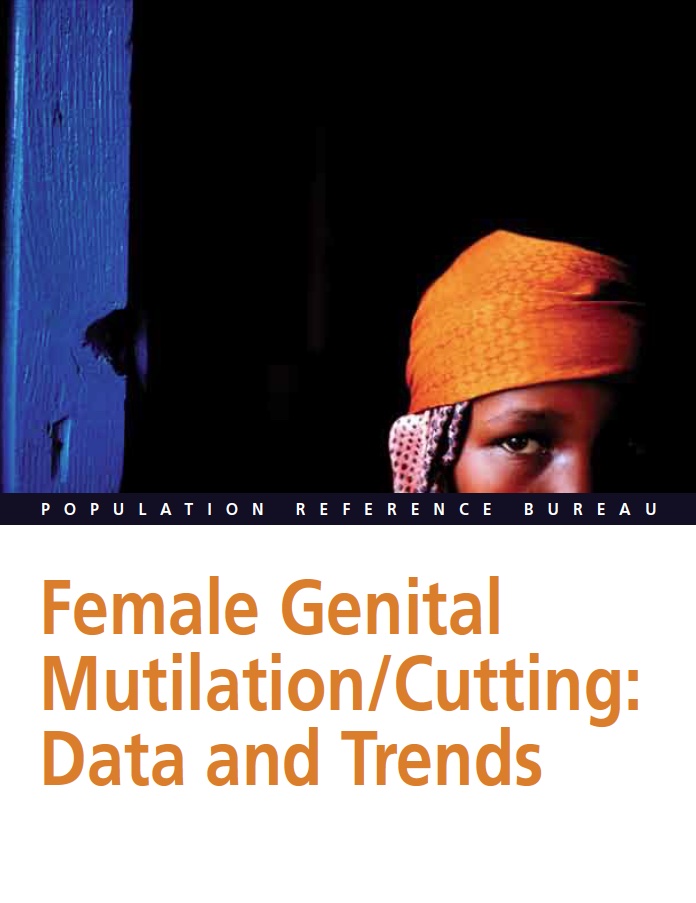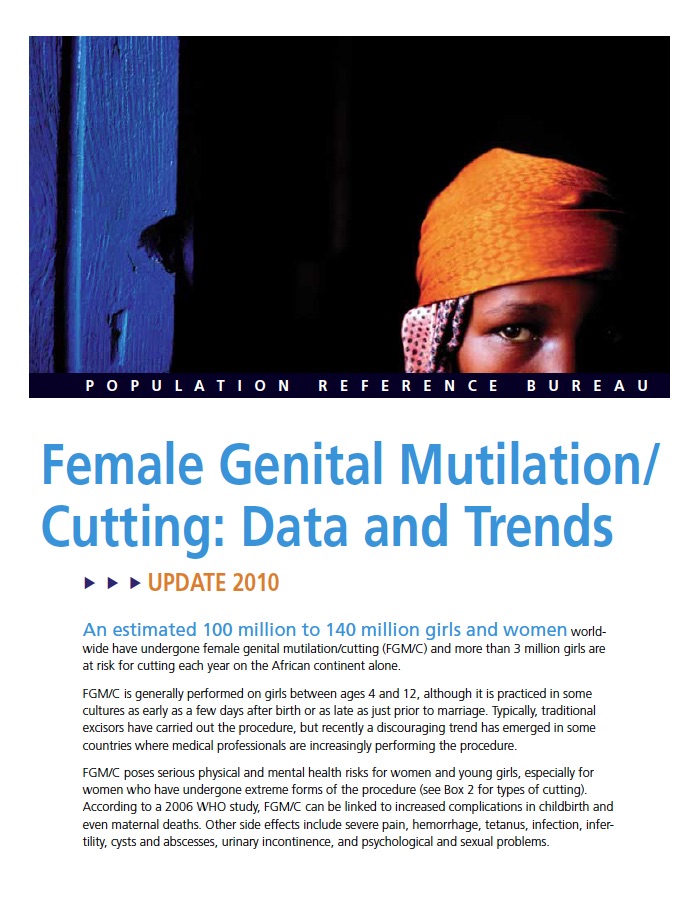Changing Demographics Reshape Rural America
Trends shaping rural life in America include unprecedented population declines, a growing Hispanic population, a disproportionate share of military veterans, and a sharp increase in “deaths of despair”—related to suicide, alcohol abuse, and drug overdose.



